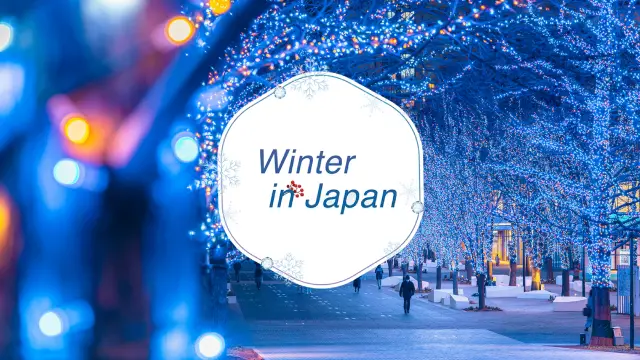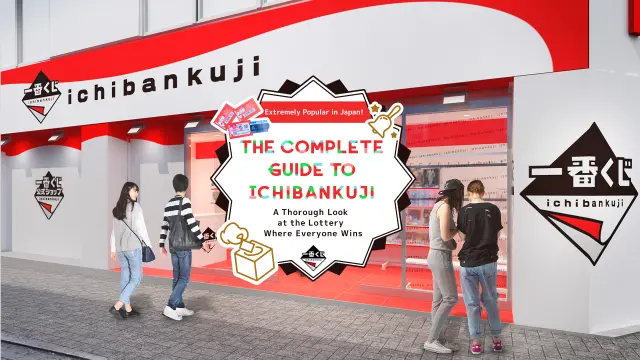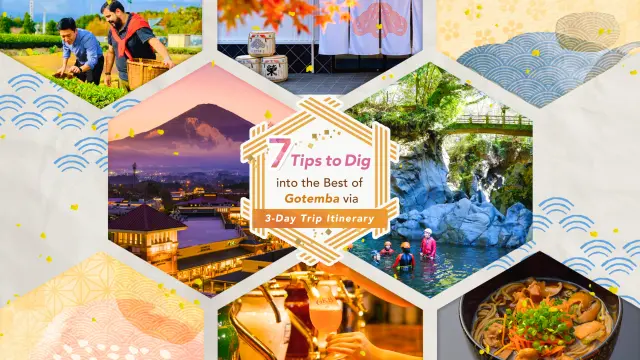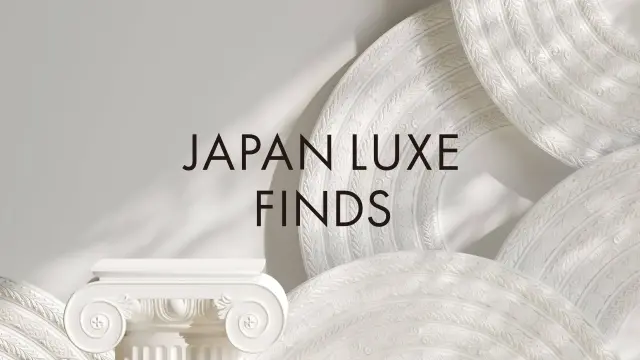Verified
[Verified] denotes information that has been published with confirmation of its owing parties.
Kenninji Temple
The oldest Zen temple in Kyoto, founded in 1202. The temple attracts visitors with its architectural heritage such as the Hojo (main building), as well as its masterpieces of paintings such as the ceiling paintings, sliding door paintings, and the National Treasure, the folding screens of “The Wind and Thunder Gods.”
The oldest Zen temple in Kyoto and the head temple of the Kenninji sect of the Rinzai school. In 1202, Minamoto no Yorie, the second shogun of the Kamakura Shogunate, donated the temple area to the temple and founded it with Yousai Zenji as the founder. It thrived as the third most prestigious of Kyoto‘s five mountains, but was devastated by wars and fires. During the Keicho period (1603-1867), the temple was reconstructed by Ankokuji Ekei, who moved the hall to a new location, and the halls and towers were rebuilt under the protection of the Tokugawa Shogunate. Later, due to the religious policies of the Meiji government, the temple became independent as the head temple of the Kenninji sect of the Rinzai school. Kodaiji Temple and Hokanji Temple (Yasaka Pagoda) are the branch temples of Kenninji Temple.
In the center of the vast precincts, the Sanmon, the Hatto, and the Hojo are arranged in a straight line with the Chokushimon gate in front, and the main temple adjacent to the east side of the hojo. The entrance to the temple, the Chokushimon gate, is a copper-plate gable Kirizuma-style quadrupedal gate that has been designated as a national important cultural property as a relic of the late Kamakura period style. It is also called "Arrowhead Gate" or "Quiver Gate" because there are traces of arrows from wars on the pillars and doors.
The Hatto, built in 1765, is an imposing Zen-style Buddhist temple with a 9-meter-by-7.3-meter room, a single-story, and pent roofs. The famous ceiling painting, "Twin Dragons," was painted by Koizumi Junsaku in 2002 to commemorate the 800th anniversary of the temple's construction, and boasts a grand scale of 108 tatami mats. The Hojo, on the north side of the temple, was moved from Ankokuji Temple in Aki in 1599, and together with all 50 sliding door paintings by Yusho Kaiho from the Momoyama period, it is a nationally designated Important Cultural Property. The main monastery also houses the National Treasure "The Wind and Thunder Gods" folding screen painted by Tawaraya Sotatsu, one of the leading painters of the Rimpa school. The original of the screen, along with the work by Kaiho Yusho, is deposited in the Kyoto National Museum, so digital reproductions of high-definition images of both are on display.
Highlights
-
The Chokushimon gate which still retains the style of the Kamakura period.
-
A large painting of twin dragons on the ceiling of the Hatto.
-
The sliding-door paintings of the Hojo (main hall) by Yusho Kaiho, a famous painter of the Momoyama period (replication).
-
The National Treasure "The Wind and Thunder Gods" folding screen (replication), a genuine work by Tawaraya Sotatsu.



































